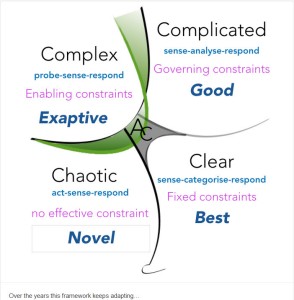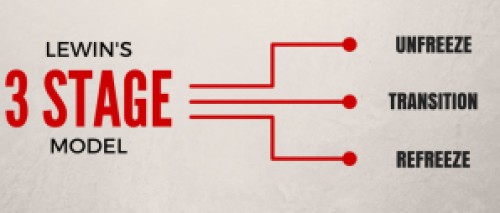 I have been building out the value in my proposal of having a Fitness Landscape framework within the Energy Transition and why it makes sense.
I have been building out the value in my proposal of having a Fitness Landscape framework within the Energy Transition and why it makes sense.
Here in this post, I want to expand on my thinking around navigating a complex landscape that the Energy Transition demands.
I am looking at the Energy Transition from an evolving technology innovation perspective. In other words, what “forces” can be identified or promoted that can transform the existing energy system through the pursuit of the new invention, innovation, or technological advancement. Specifically, ones that will be needed over such an extended time and complexity of change that this Energy Transition will take, upwards of twenty to thirty years to give it an unstoppable momentum.
For this, we need to continually identify resources and capital by addressing the competencies, capabilities, and capacities to generate and accelerate change and consistently map these back to the realities of the landscape of change we are trying to traverse.
When you look through the lens of innovating at the Energy Transition, you are often questioning the fitness, or the reality to achieve something. Continue reading “Why I like the idea of Energy Fitness Landscapes”








